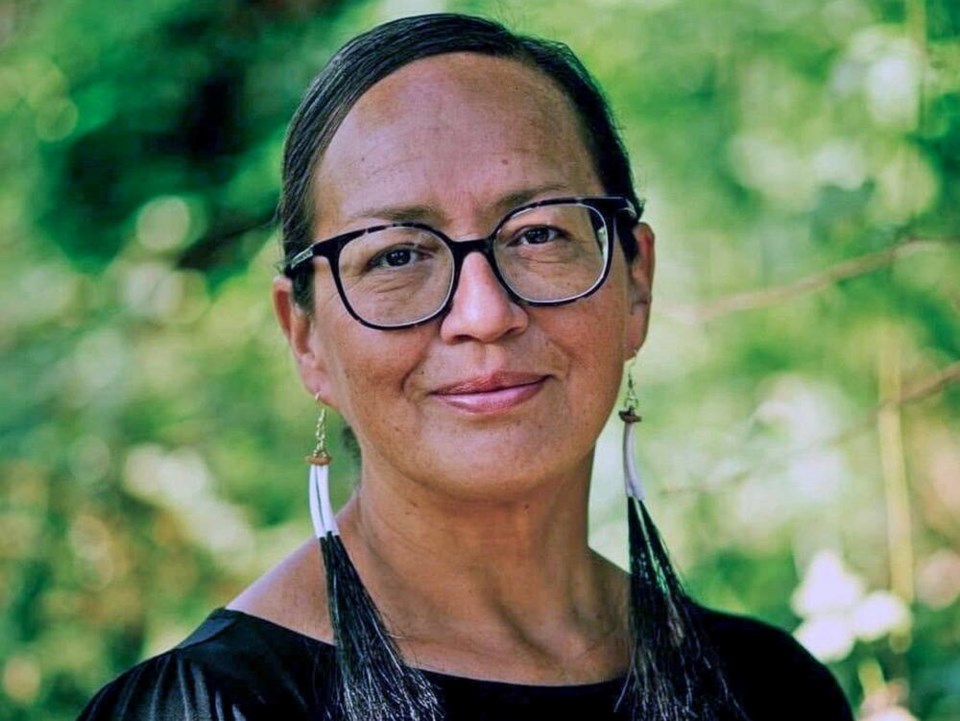First Nations women in B.C. are over 11 times more likely to die from toxic drugs than other women in the province, according to recently released figures from B.C.’s First Nations Health Authority.
The figured showed that women made up a third of the 373 First Nations people who died from drug poisoning last year. Among the entire population of B.C., about a sixth of the toxic drug deaths are among women.
“I’m not surprised that women, unfortunately, experienced greater harm,” said Dr. Nel Wieman, acting chief medical officer of the health authority.
“There has been extensive documentation about how Indigenous and First Nations women — both cis and trans — have been devalued and experience high rates of trauma,” Wieman said, adding that trauma is an “underlying driver” of the toxic drug crisis.
In response, the authority has shifted part of its toxic drug crisis response to First Nations women, dedicating a portion of harm reduction funding to support those living in urban areas and away from home.
“We have heard from First Nations women that in some cases, they don’t prefer to use the harm reduction services because of safety reasons,” Wieman said, noting that women can be hit on, face racism, or just be uncomfortable using substances while surrounded by men.
Wieman highlighted the authority’s support of two women-only overdose prevention sites in Vancouver’s Downtown Eastside — including the Atira-run SisterSquare site — and a mobile overdose prevention site in Prince George that has been working to engage women.
Wieman said that while the sites are new, she has heard anecdotally that “women obviously feel more comfortable, they feel safer” at the women-only sites.
Child-custody fears are another significant barrier for First Nations women, according to Wieman. She said while working as a clinical psychiatrist she would sometimes see First Nations women decline admissions to detox or withdrawal services out of fear for their children.
“I don’t want to go to detox or withdrawal services where I’d have to stay for a week because who’s gonna look after my kids?” she said women would ask.
Others were afraid that by accepting detox or withdrawal services, they risked their children being taken away by child services.
“You hear it from women in general,” Wieman said. “But I think part of the worry for Indigenous women — going back to racism and discrimination — is they fear the child apprehension piece quite a bit more.”
Wieman expressed concern that not only were First Nations women dying from toxic drugs at disproportionately high rates, but that the gap continues to widen.
She called for a series of changes, including more people to deliver programs in communities, and equitable and timely access to culturally safe services closer to their homes.
This month marked seven years since B.C. declared a public health emergency due to the overdose crisis. Over 12,000 British Columbians have died from toxic drugs since the public health emergency was declared in 2016.
ngriffiths@postmedia.com
>>> To comment on this article, write a letter to the editor: letters@timescolonist.com



